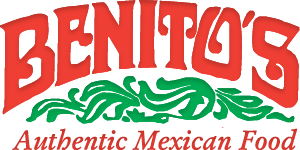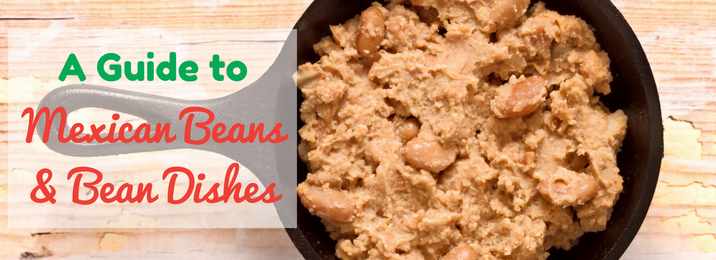A Guide to Mexican Beans & Bean Dishes
There is a certain type of hunger that can only be satisfied by eating Mexican food.
Across the world, there are authentic Mexican restaurants that have taken some of Mexican culture’s most famous dishes and ingredients and cooked their ways into customers’ stomachs and hearts.
One thing that can be intimidating when going to eat is trying to choose from the variety of options available, only to choose something familiar.
Benito’s Mexican Restaurant is happy to be an example of this. We pride ourselves on serving up fresh and authentic Mexican food. To give you some insider tips for your next Mexican restaurant visit, we’ve compiled a quick guide to Mexican beans & bean dishes.
Despite what it can seem like, not all beans are created equally.
This especially holds true to Mexican beans, as there are many types and ways or preparing them, which all can change the type of meal you have.
With these few tips, you’ll be an honorary Mexican food expert in no time.
Black Beans
Black beans or frijoles negros are a healthy bean used in a variety of Hispanic and Latino dishes around the world. These are literally ‘black, and are typically seasoned with ingredients like salt, onions, garlic, oregano and more. Black beans are also known for health benefits such as being loaded fiber, which can help to lower cholesterol and blood pressure.
All our salads come with black beans, Monterey jack cheese, lettuce, tomatoes, sour cream and avocado slices. You can also find them served alongside dishes such as our Blackened Tilapia Tacos and Ceviche Tucateco.
Pinto Beans
This bean has no relation to the car.
Pinto beans are one of the most common types of beans and considered to be one of the most popular for northwestern Mexico and the United States. In fact, its scientific name, Phaseolus vulgaris, literally means “common bean.”
Like most beans, pinto beans are also loaded with health benefits. They’re low in saturated fat and provide good sources of protein and dietary fiber. Pintos can be served fresh or from a can for a variety of dishes and are often prepared in a mashed and refried form.
If you’ve ever had a burrito, you’ve most likely had the chance to eat pinto beans. At Benito’s, you can find them in dishes like our Huevos Rancheros Special or simply a la carte.
Frijoles Charros
These beans are the best in the wild west.
Frijoles Charros literally translate to “cowboy beans” because they take their name from traditional Mexican cowboys. Our old friend the pinto bean plays the important role of being the dish’s bean of choice, while its preparation is what gives it the charro touch.
Typically, pinto beans are stewed with onion, garlic, and bacon. You can find many versions of these beans often with added meats like sausage, pork, and chorizo to make it into a more filling dish. This dish is usually served warm as a soup or stew and is incredibly popular in Mexican restaurants. We suggest trying it with our Cordorniz a la Mexicana, which comes with Mexican style quail and rice.
Refried Beans
Refried beans are another very common form of beans, which you’ve most likely come across in your Mexican food journey.
Also known as frijoles refritos, this dish is traditional mainstay in both authentic Mexican and Tex-Mex foods. Despite being called refried, “refritos” actually means “well fried,” which is in reference to their preparation of being fried. Our old friend the pinto bean is one of the most common beans used in refried beans, although others can be used as well.
Refried beans are used very often as side dish to entrees for any time of day. Our Chuletas de Puerco features a grilled pork chop, two eggs sunny side up, fried potatoes, and refried beans for breakfast. Our dinner menu features dishes like the Milanesa made with pan fried steak, fried potatoes, and of course, frijoles refritos.
These are just some of varieties of beans which play large roles in Mexican food.
Being an authentic Mexican food restaurant, we at Benito’s are no strangers to using beans in our dishes.
Mexican food is an experience, and we encourage you to explore all the authentic dishes. Your stomach will thank you later.






